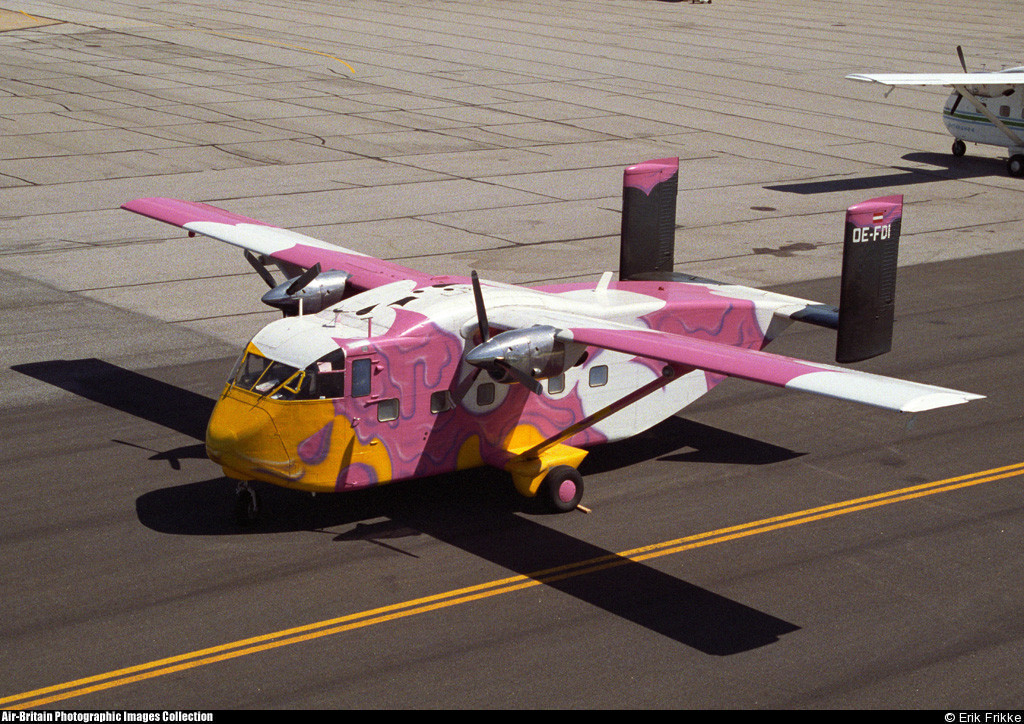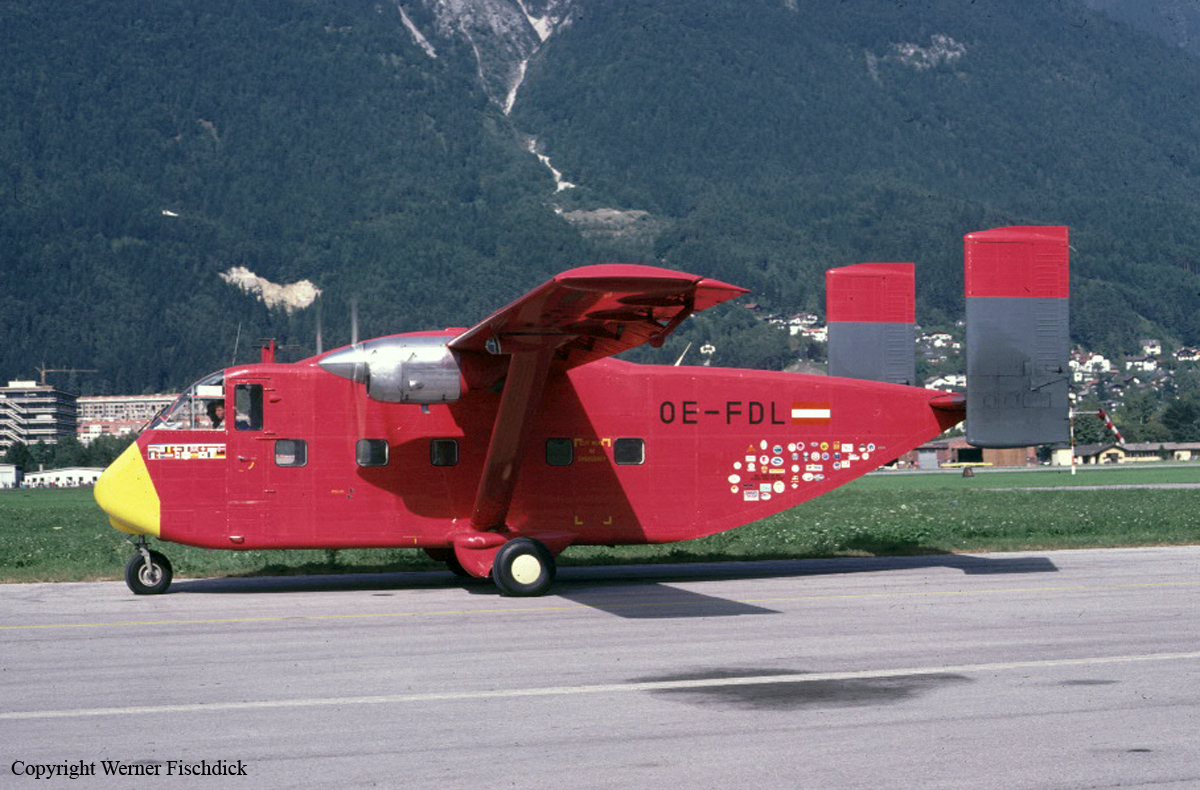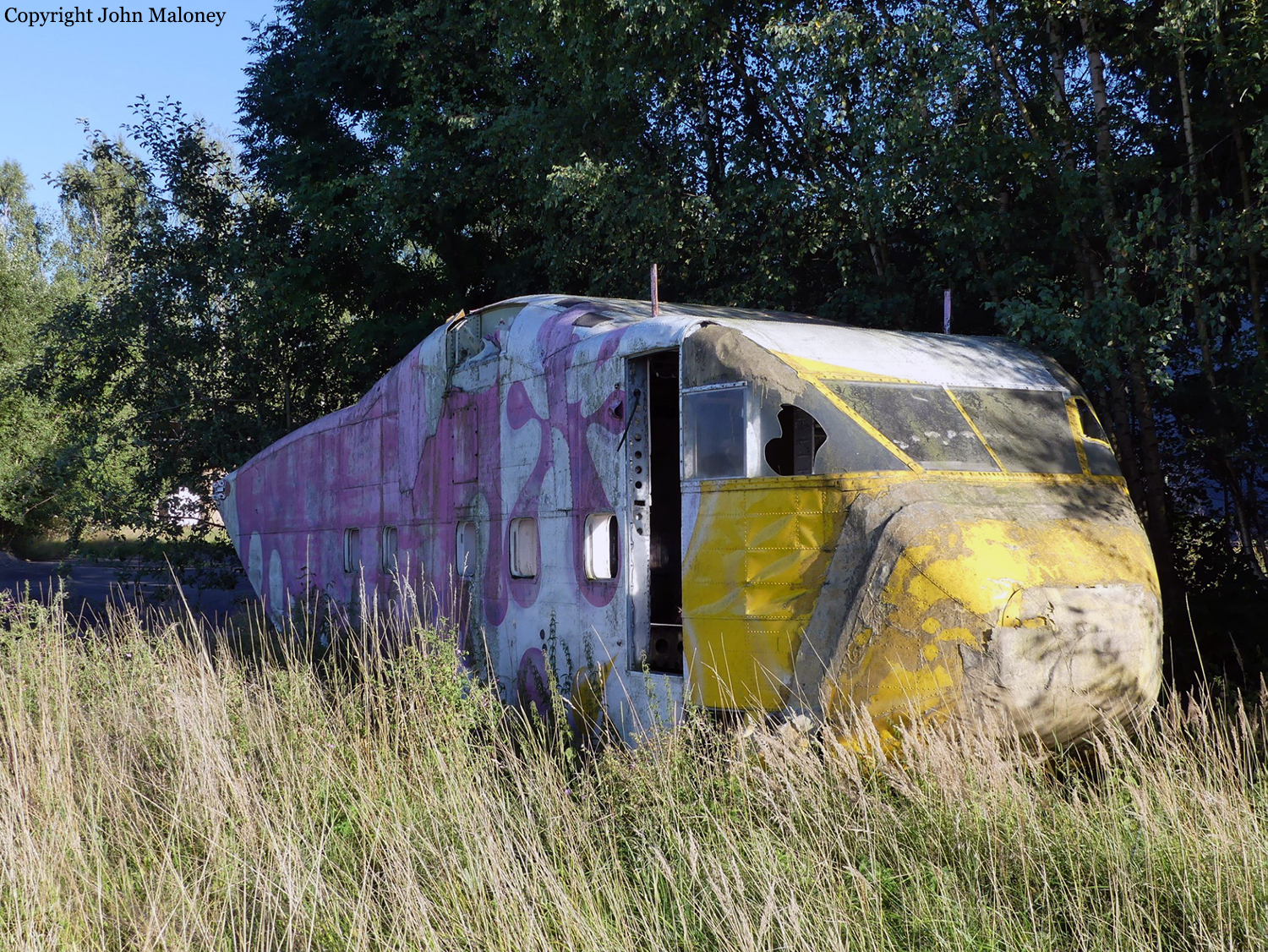Crash of a Beechcraft 65-A90 King Air in West Jordan
Date & Time:
Apr 19, 1997 at 1320 LT
Registration:
N616AS
Survivors:
Yes
Schedule:
West Jordan - West Jordan
MSN:
LJ-160
YOM:
1966
Crew on board:
1
Crew fatalities:
Pax on board:
0
Pax fatalities:
Other fatalities:
Total fatalities:
0
Captain / Total hours on type:
15.00
Aircraft flight hours:
1101
Circumstances:
The pilot stated that after parachutists egressed from the airplane, he returned to the airport and found that he did not have a green down-and-locked indication for the left main landing gear. He stated that he executed emergency procedures and did two fly-bys over the runway. Ground personnel stated that the landing gear appeared to be down-and-locked. During the landing roll, the airplane began to slide side-ways, and the right main landing gear began to collapse and eventually separated from the airplane. The left main gear also collapsed as the airplane slid to a stop. After the accident, the upper torque knee on the left main landing gear was found broken. The failure mode of the upper torque knee was not determined.
Probable cause:
Landing gear collapsed for undetermined reasons.
Final Report:












